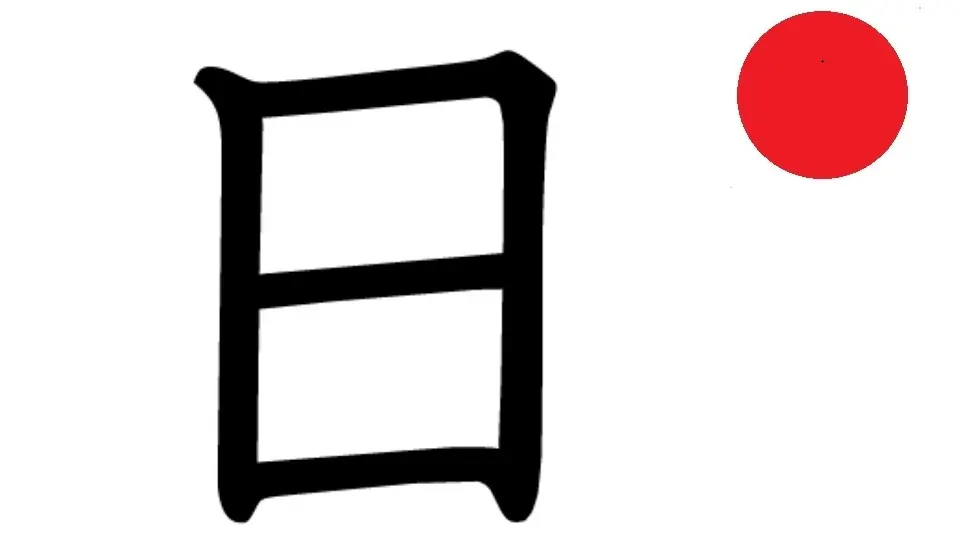
Exploring 日: Japan's Sun Kanji
June 10th, 2024
00:00

00:00
Summary
- 日, pronounced 'hi', symbolizes the sun and day.
- Part of JLPT N5, taught in grade one.
- Evolved from a pictogram to its current form.
- Aids in 1,481 kanji, including 219 Jōyō Kanji.
- Features in 535 words, denoting time and weather.
- Represents Japan's identity and spiritual significance in Shinto.
- Symbolizes life, energy, renewal, and hope in culture.
Sources
The kanji for "sun" in Japanese, 日, pronounced "hi" in its kun'yomi reading and "nichi" or "jitsu" in its on'yomi reading, holds a place of deep cultural and symbolic importance. The construction of this kanji involves four strokes, and it is part of the JLPT N5 syllabus, taught in grade one in Japanese schools. Beyond its literal meaning, 日 also represents "day," a concept rooted in ancient societies' observations of natural phenomena, particularly the cycle of the sun rising and setting. This dual significance of 日 is evident in its use in words such as 日曜日, meaning Sunday, and 日本, meaning Japan or "the origin of the sun." The evolution of the kanji 日 from a circular pictogram representing the sun to its current rectangular form illustrates the dynamic nature of language and its ability to adapt and simplify for ease of use. To remember the kanji 日, one can think of it as a stylized representation of a sunrise, where the horizontal lines symbolize the horizon. This mnemonic aids in recalling the character’s shape and its association with both the sun and the day. As a radical, 日 contributes to the meaning or pronunciation of 1,481 kanji characters, including 219 Jōyō Kanji. It appears in kanji such as 明, meaning "bright," which combines the radicals for "sun" and "moon," and 時, meaning "time," where 日 combines with 寺, representing a temple. These examples show how 日 can influence the meaning of a character, underscoring its significance in the language. In daily usage, the kanji 日 features in a multitude of compound words and expressions, reflecting its importance not just in denoting the physical sun but also in terms of time, weather, and everyday life. There are 535 Japanese words that begin with 日, showcasing its pervasive influence in the language. The cultural context of 日 in Japan encompasses its role in national identity, where it represents Japan as the "Land of the Rising Sun," and its spiritual significance in the Shinto religion as the emblem of the sun goddess Amaterasu. The sun’s importance in agriculture, art, literature, and daily life further highlights its integral position in Japanese culture. Festivals, rituals, and traditional observances like the adoration of the first sunrise of the New Year emphasize the sun's role in Japanese society, symbolizing life, energy, renewal, and hope. Thus, the kanji 日 is not merely a character in the Japanese writing system but a profound symbol that encapsulates the deep-rooted connection between nature, language, and society in Japan. Its multifaceted roles within the language and culture attest to the enduring legacy and significance of the sun in the lives of the Japanese people.